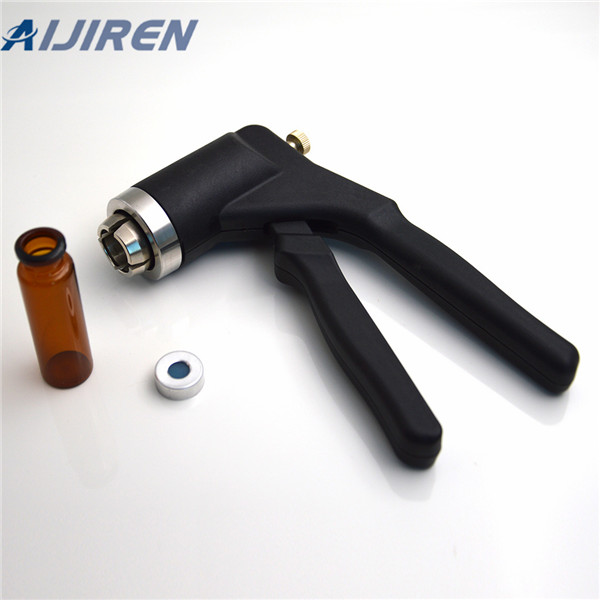
This chart can help you narrow your choices of low protein binding syringe filters. CA, Glass Fiber, Nylon, PES, PP, PVDF, RC, Anopore. Other considerations when selecting low protein binding syringe filters are the syringe filter connection, pore size, diameter of the filter’s membrane, and sterility.
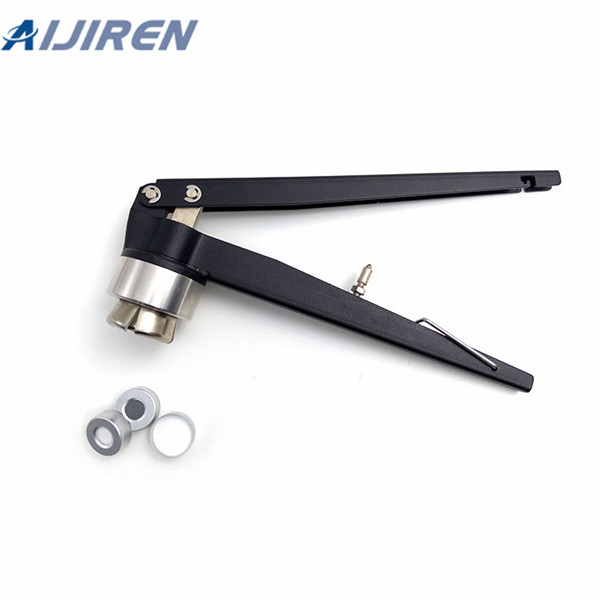
3.3 IgG1 Adsorption on Glass Vials – Comparison of SE-HPLC and TOC Method.. 43 ... low binding properties for the respective protein. Chromatography - Focus on vials, closures & chemicals chromatography, is commonly used to separate proteins, peptides or Red rubber is a cost effective septa material for routine analysis in. GC and HPLC ...

Glass Chromatography Vials Our vials are compatible with auto-samplers from all major manufacturers and tested to meet your requirements with tight dimensional tolerances. Vials are made from Borosilicate Glass for greater resistance to temperature change and are available in 12x32mm (2mL) or 15x45mm (4mL) with a variety of neck finishes available in Crimp and Screw Thread.

Crimp top vials, which require an 11mm seal, are available in a variety of styles. These vials have a solid glass finish and are available with a 4.6 or 6.0mm ID opening. The larger opening increases the target area for needle penetration. The crimp seals for these vials are available in a variety. Compare this item. w/ write-on patch clear
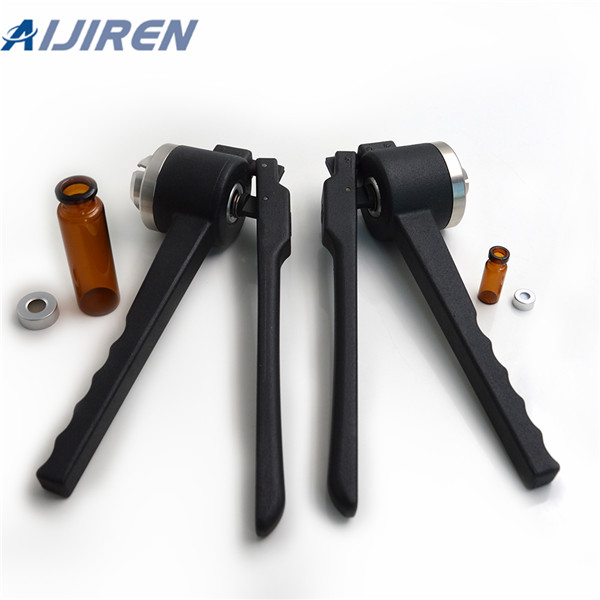
Affinity chromatography separates proteins on the basis of a reversible interaction between a protein (or group of proteins) and a specific ligand coupled to a chromatography matrix. The technique offers high selectivity, hence high resolution, and usually high capacity for the protein(s) of interest.
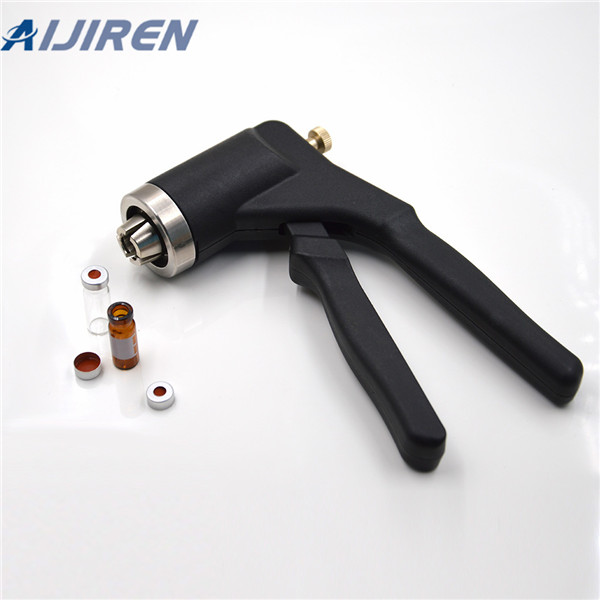
proteins, for medicine or other uses. Chromatography separates individual components from complex mixtures. Chromatography consists of a mobile phase (solvent and the molecules to be separated) and a stationary phase either, in paper or glass beads, called resin, (in column chromatography), through which the mobile phase (sample) travels.
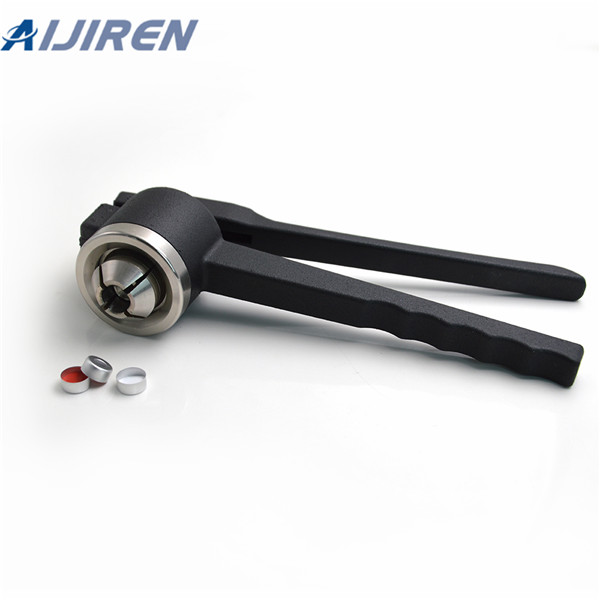
Empty chromatography columns for lab scale are glass columns used during liquid chromatography to separate molecules such as proteins from other molecules and substances such as salts. Process-scale empty columns are also available for large-scale purification. Column packing is required prior to use manually or with a liquid chromatography system.
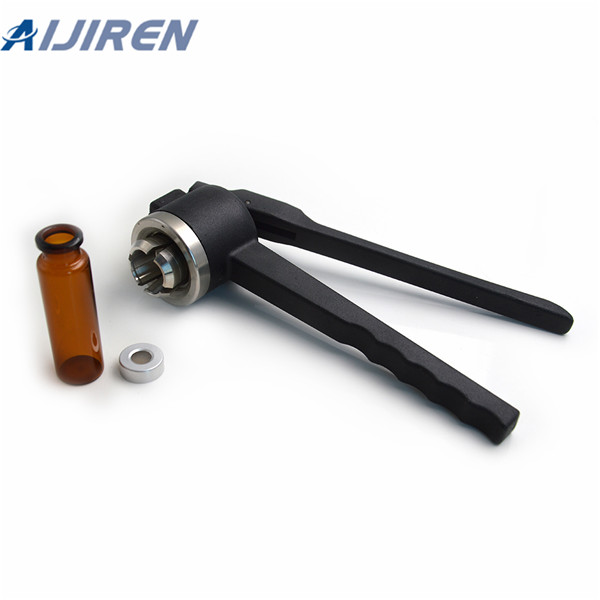
Aug 20, 2020 · 20 Aug 2020. Reducing non-specific protein binding in HPLC. When working with biomolecules such as proteins non-specific binding of analytes can occur at any surface within the HPLC flow path. This can cause a range of problems such as reduced sensitivity, peak tailing, carryover effects and reproducibility problems [1].

The binding site of a target protein is often located deep within the molecule and an affinity medium prepared by coupling small ligands, such as enzyme cofactors, directly to Sepharose may exhibit low binding capacity due to steric interference i.e. the ligand is unable to access the binding site of the target molecule.
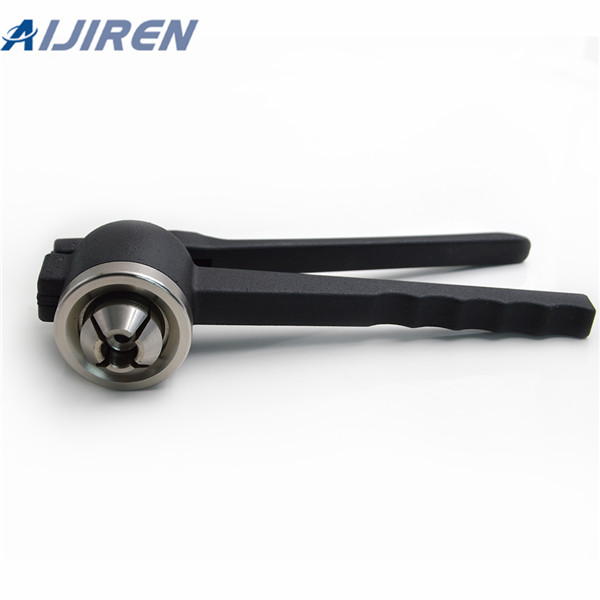
Aijiren Tech™ Pierce™ Low Protein Binding Microcentrifuge Tubes (2.0 mL) help minimize protein sample loss during sample manipulation and are ideal in applications where processing steps are extensive. • Durable —able to tolerate centrifuge speeds up to 20,000 RCF • Compatible —suitable for IP and mass spectrometry applications
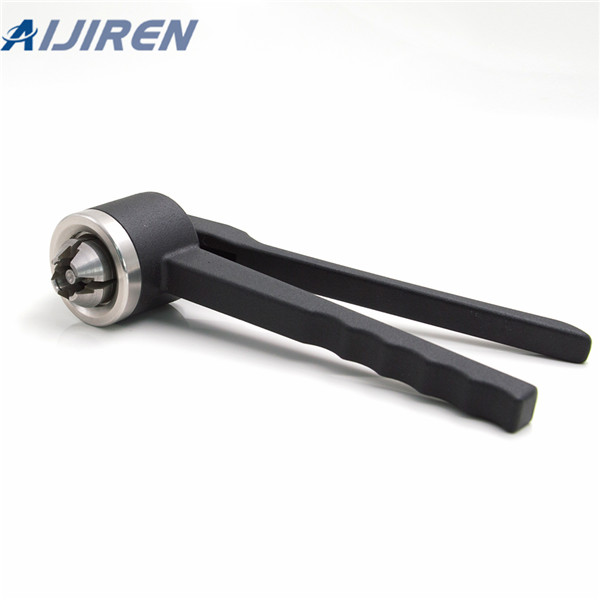
Nov 11, 2016 · Abstract. Chromatography is an important biophysical technique that enables the separation, identification, and purification of the components of a mixture for qualitative and quantitative analysis. Proteins can be purified based on characteristics such as size and shape, total charge, hydrophobic groups present on the surface, and binding
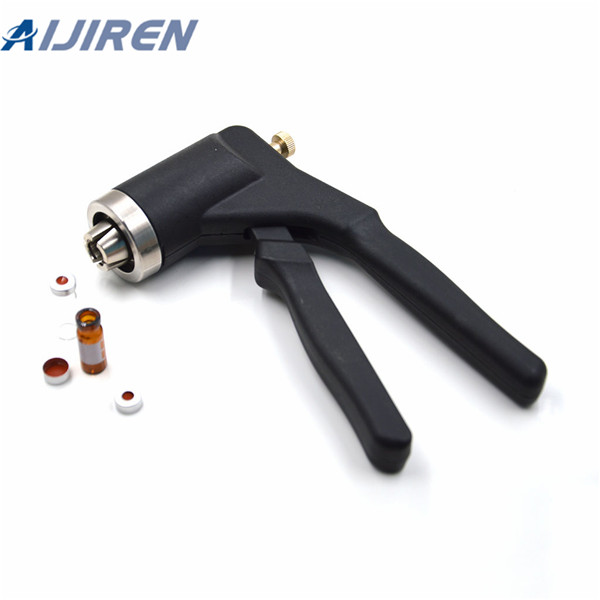
Browse our selection of essential lab equipment, including glassware, multiwell plates, cell culture supplies, laboratory sampling and labelling supplies, Low Protein Binding Collection Tubes (2.0 mL) - Aijiren Tech. Aijiren Tech Pierce Low Protein Binding Microcentrifuge Tubes (2.0 mL) help minimize protein sample loss during sample manipulation and are ideal in Tubes, Strips, and Plates | Bio-Rad Laboratories
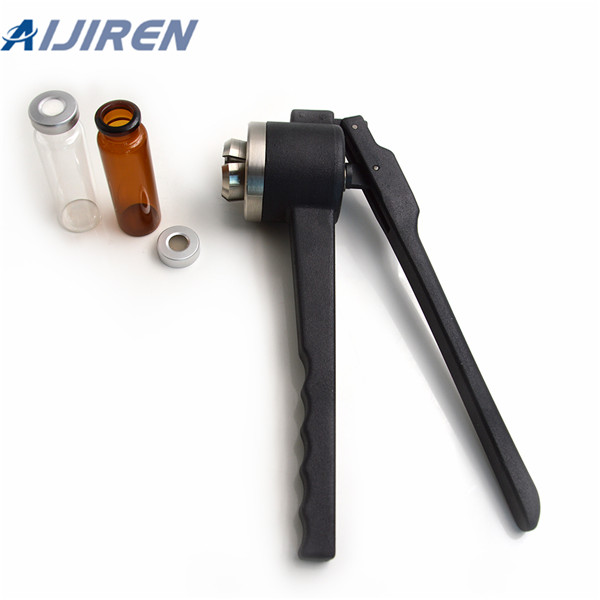
In this study, the stability and efficacy of Avastin® repacked in individual single-use glass vials and glass ampoules by external compounding pharmacies were evaluated. Methods:: Polyacrylamide gel electrophoresis (PAGE), size-exclusion chromatography (SEC), dynamic light scattering (DLS), and turbidimetry were selected to detect the

fit into a number of smaller scale storage units. CryoTubes have a low binding surface for high sample recovery with low concentration samples. Cryobank vials are for cells and proteins. Bank-It vials are for DNA samples. Working volumes are 0.5 or 1.0 mL. Tubes are for use in the vapor phase of
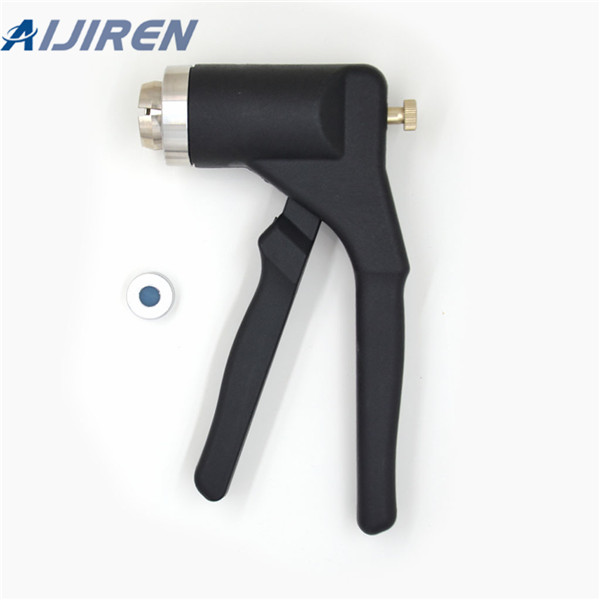
Sep 21, 2018 · In protein purification, dynamic binding capacity (DBC) of a chromatography column describes the maximum amount of target protein that you can load onto your column without causing unnecessary loss, measured under realistic experimental conditions (default flow-rate, real protein sample). Fig 1. Exceeding the DBC of the column will end up in